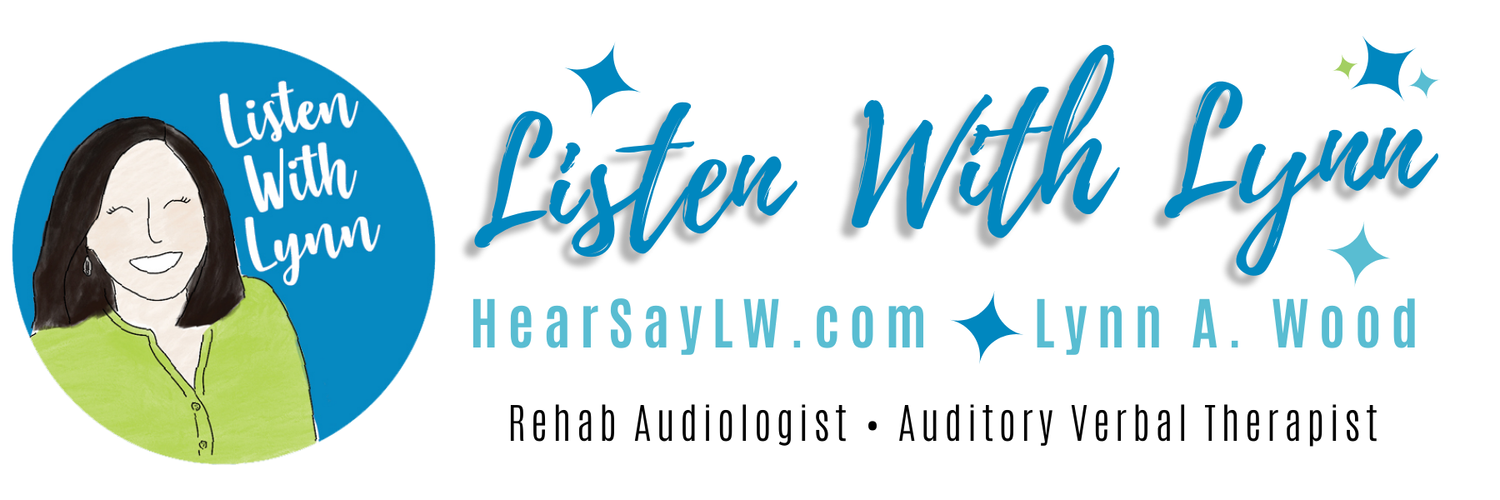Spring MATRIX GAMES are grab-and-go resources for building listening and language. They are auditory comprehension tools for children with hearing loss or auditory processing difficulties.
SIX THEMED MATRIX GAMES:
1. Where am I? (Outdoor locations)
2. Spring animal babies
3. On the farm
4. Outdoor play
5. Insects
6. Colored egg hunt
YOU CAN TARGET:
Auditory attention
Auditory memory
Vocabulary
Critical elements
Descriptive language
Multi-step directions
Length of utterances (MLU)
A variety of grammatical structures
Concepts of color, size, quantity, location, time/sequence
Matrices are flexible games that can be leveled up or down to meet a child’s auditory memory, comprehension, and language goals. As a child’s skill level develops add more elaborate syntactic structures, use the keywords in sentences or within simple stories.
Here is an example how Matrix One can be played.
You’ll ❤ the matrices and all the other Spring Listening and Language games and activities!






